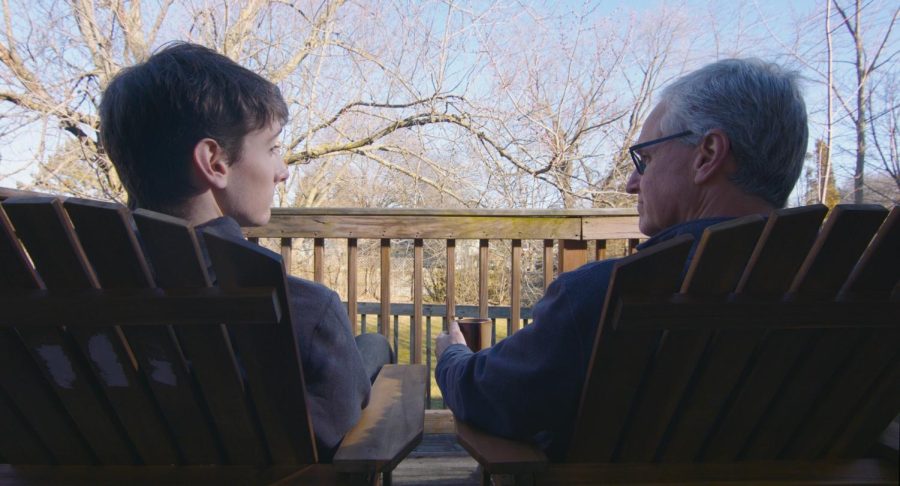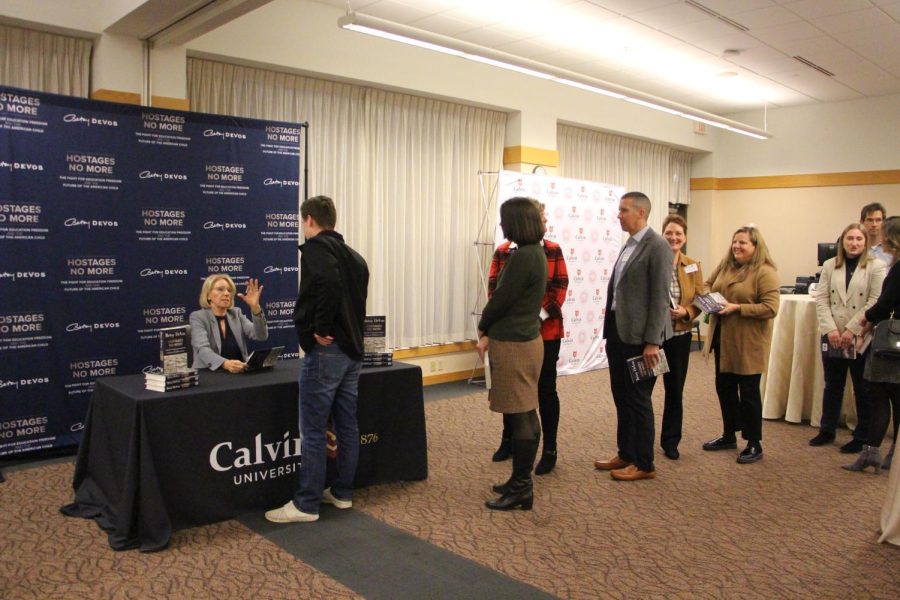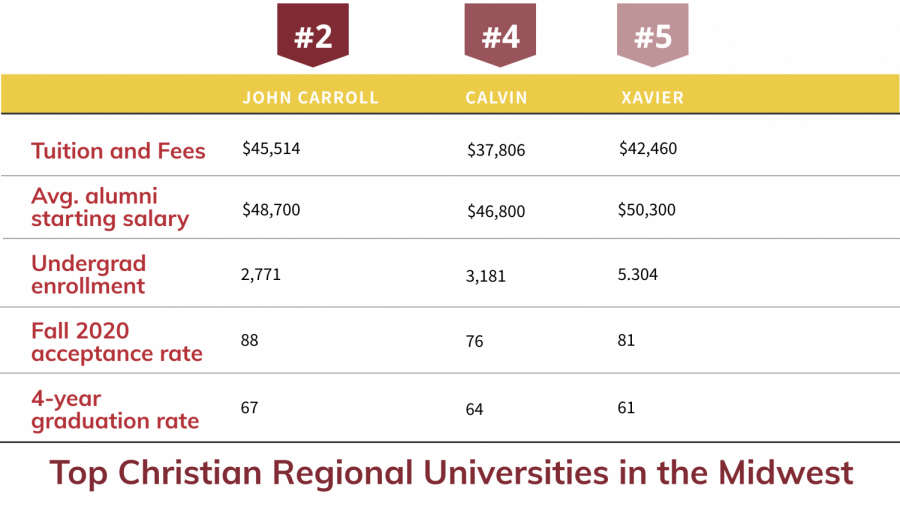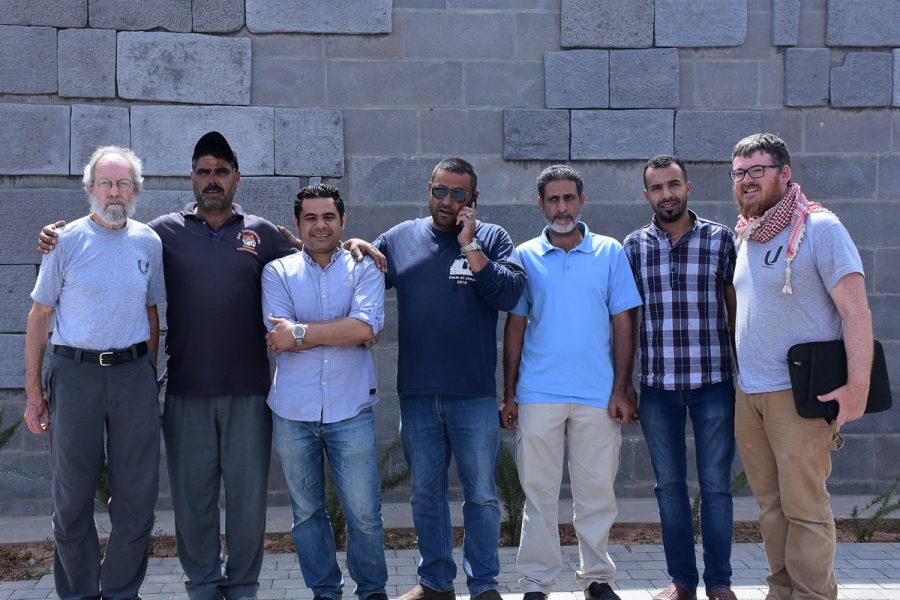Every year more students choose to major in professional or STEM programs, according to this year’s day 10 report. Over the last 10 years, departments like education and religion have seen significant drops in enrollment, while science majors have seen a steady — even dramatic — increase. Although there is no simple explanation for this shift, several professors point to employment opportunities for these majors.
Ever since the 2008 recession, there has been a trend towards “higher paying professional fields,” said Tom Van Eck, director of enrollment research. “The recession scared students and parents into thinking about having a good job after graduation from college.”
Mike Stob, dean of institutional effectiveness, identifies a larger trend in student academic choices. Recently, students tend to believe that “to major in something you have to tie it to what you are going to do when you get out of here,” said Stob. “It’s not just ‘I’m going to major in mathematics because I like it and we’ll see what happens in four years.’” Stob believes that the shift comes in part from the rising price of education. “You really now feel like you have to get a return on your investment if your investment is so great,” said Stob.
History, religion, and other humanities “are not the best majors for getting employment,” said religion professor Kenneth Pomykala.
“We have seen an overall shift nationwide from the humanities,” said Pomykala. “Since 2008, the economy has been shedding jobs. The majors that are increasing are the professional programs — majors that have a built-in job.”
“I think students are coming in with more pragmatic interests,” said provost Cheryl Brandsen. “They see the costs of higher education and they want to make sure that when they leave this place they are able to support themselves and pay back their debts.”
Ron Sjoersma, chair of the education department, thinks this perception plays into students’ selection of their majors.
“When there’s the perception that there is a shortage of teachers, we get more people,” said Sjoersma.
Many of Calvin’s humanities departments have seen significant declines in the last decade. The shift away from the humanities hit Calvin’s religion department particularly hard. In 2004, Calvin had 69 religion majors. As of 2014, there are 37. In contrast, the number of chemistry and biochemistry majors has almost tripled from 59 to 158.
This trend has an especially negative impact on smaller majors.
“With fewer majors, we can’t offer as many 300-level courses,” Pomykala explained.
Larger departments are also feeling the impact of the shift. With approximately 551 students currently enrolled in Calvin’s education program, the education department remains Calvin’s largest. However, ten years ago, the education program served 762.
Job forecasts and public perceptions of teachers play into this decline, but there is also “a perception on the part of the students that [education] is not as intellectual a program as some others,” Sjoersma noted.
According to Sjoersma, the “high-scholarship, high-academic students” Calvin attracts may be drawn to majors they perceive to be more intellectually rigorous instead.
The education department is investigating new strategies, including a potential neuroscience minor and possibly incorporating urban or international education specializations for students who do not need to receive teacher certification.
“We are concerned about the numbers and we are trying to recruit,” said Sjoersma.
According to chemistry department chair Mark Muyskens, as some programs dip in numbers, others, such as chemistry and biochemistry, have attracted increasing numbers of students. An increasing professional emphasis on biochemistry, along with other factors, plays a role.
Muyskens explained that, due to changes in medical school expectations, “a large number of pre-med students are now selecting biochemistry as their major.”
Muyskens also points to students pursuing double majors: “We have done some tweaking of our curriculum that has made the regular major doable even in a dual major sense.”
Kinesiology has also attracted 248 students, a sharp rise from 119 ten years ago.
“We can be confident that we have a strong program, but it’s also a national trend,” said kinesiology chair Brian Bolt. “We’re piggy-backing on the growth of kinesiology as a discipline.”
This follows the trend of students pursuing more pre-professional programs. “Probably the largest growth is that people are funneling into kinesiology programs for pre-professional preparation,” said Bolt.
Many kinesiology majors pursue graduate degrees in physical or occupational therapy, but a handful also enter medical school each year.
Specific majors within the department have also seen an increase.
“Recreation therapy has surged,” said Bolt. “We were to the point where we were wondering about that program, and now we are up to 58 students in that major.”
Despite the trends away from traditional humanities courses, Brandsen doesn’t see the same gap in employment options that some students might perceive. She continues to see the liberal arts as a central part of Calvin’s identity.
“We need to do a better job of helping traditional liberal arts people find their way into understanding what they can do with such a major,” Brandsen said, “and ensuring that professional programs indeed are thoroughly grounded on a strong liberal arts foundation.”










